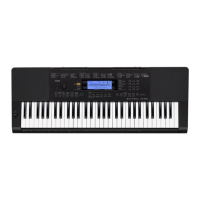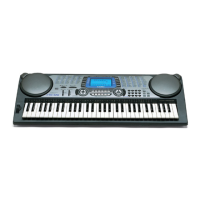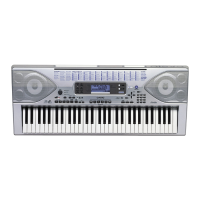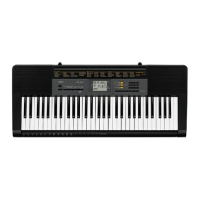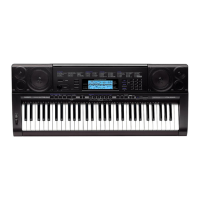Why does reverb of notes change suddenly on my Casio Synthesizer?
- KkolsonSep 7, 2025
If the reverb of notes on your Casio Synthesizer seems to change suddenly, check and adjust the VIRTUAL HALL setting and reverb setting. If problems persist, turn the power off and then back on to initialize all Digital Keyboard settings.
